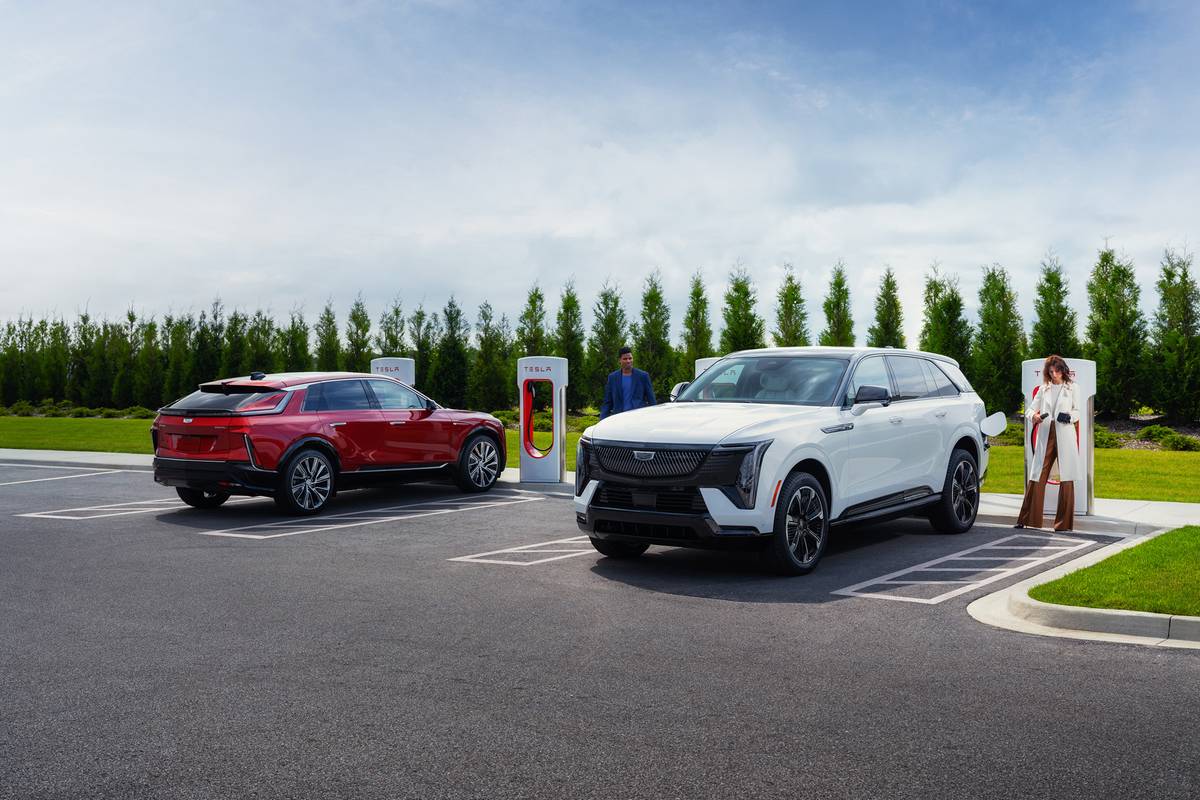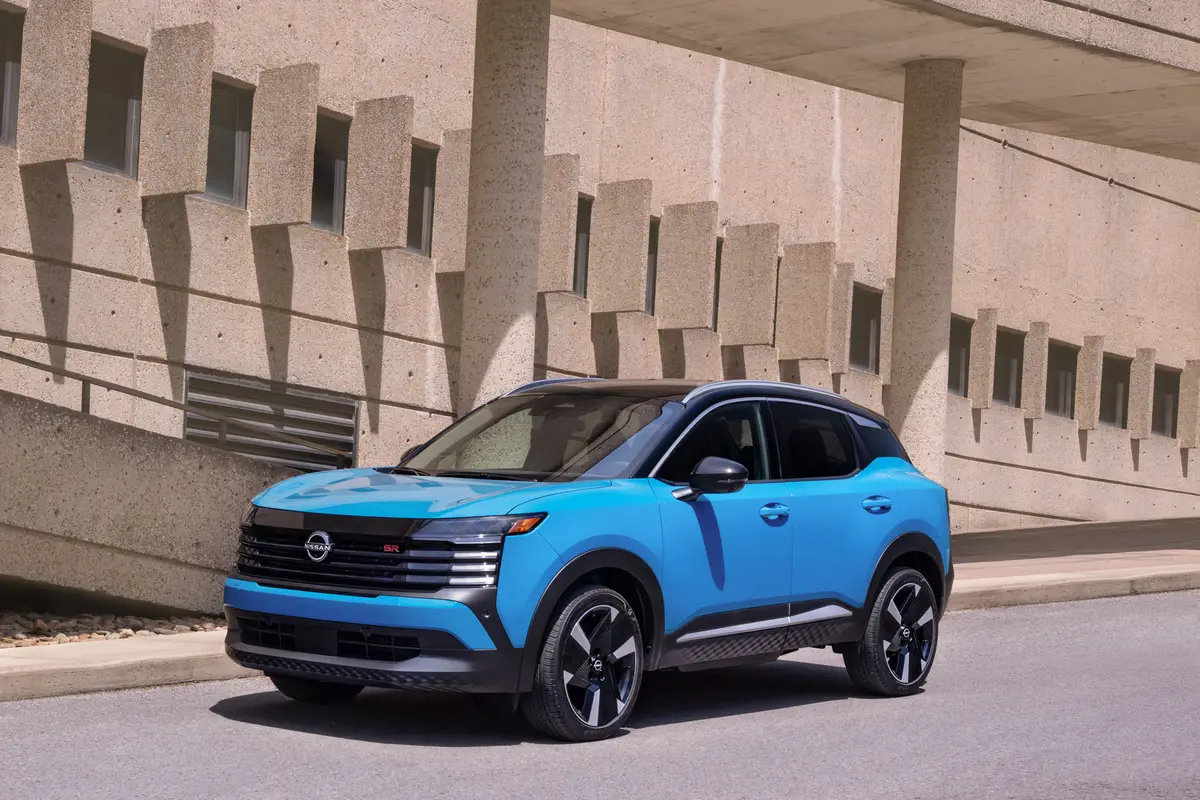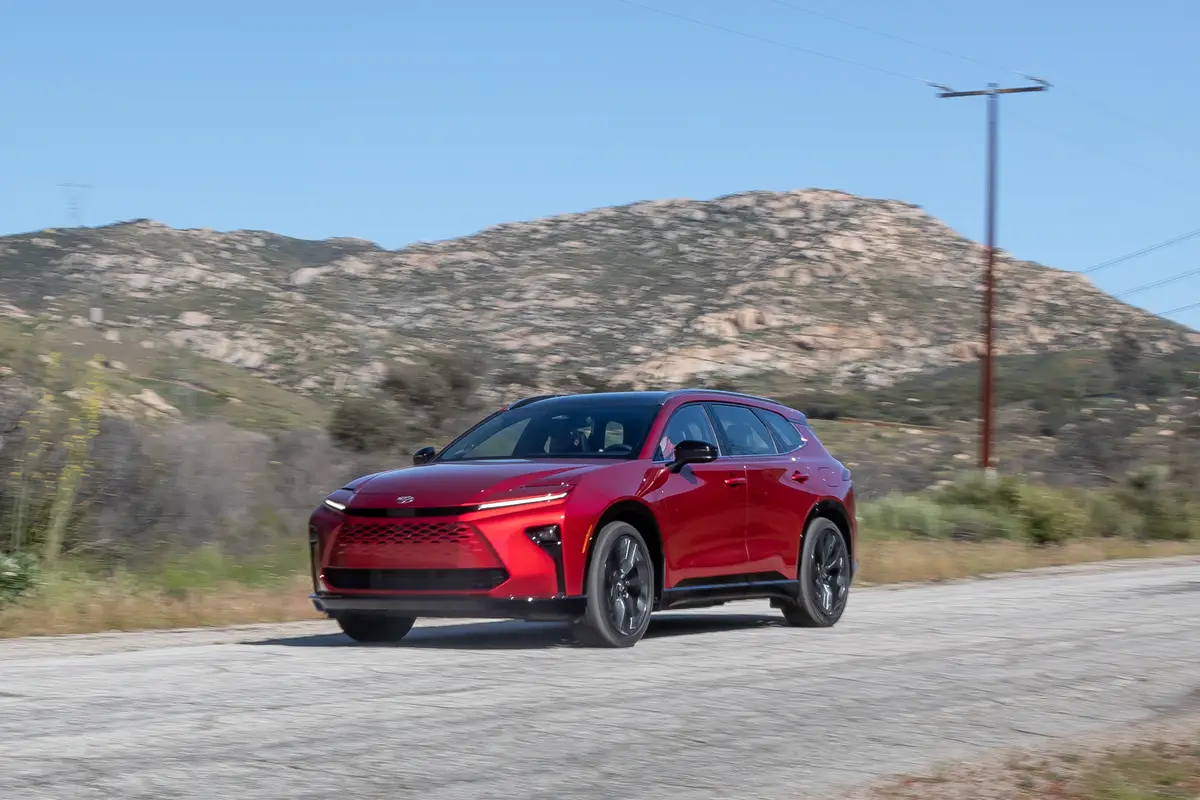chicagotribune.com's view
Sunfire.
Great moniker.
Makes you think of energy and movement. Life and vitality.
Difficult to believe a General Motors division came up with a memorable nameplate, considering it’s the company that gave us Vega in the ’70s, Achieva in the ’80s and Catera in the ’90s.
For starters, we should apologize. We’ve been referring to Sunfire as the new name for the old Sunbird. The only similarity between the two is that both are or were members of the Pontiac family.
For 1995 Pontiac dumped Sunbird and brought out Sunfire. Sunbird was bland, Sunfire is sporty and looks a lot like a miniature Firebird without the burden of excessive insurance premiums that come with the large sports coupe.
Sunbird was noisy; Sunfire is quiet despite the fact the SE coupe we tested came with the base 2.2-liter, 120-horsepower, 4-cylinder engine teamed with only a 3-speed automatic. While Sunbird groaned and growled from the strain of moving the pounds from the stoplight, Sunfire scoots quietly on its way.
OK, maybe it’s only a matter of extra insulation and sound deadeners and not a whisper-quiet 4-banger or smooth-and-silent 3-speed, but whatever the reasons, you’ll appreciate the outcome.
Sunbird was strictly an economy car, a point-A-to-point-B machine without a thirst for fuel at each station along the way. In addition to noise and commotion, that meant economy-car ride and handling. You bounced, you swayed and, in general, moved about erratically.
Sunfire has road ettiquete. It’s not a Bonneville. Not even a Grand Am. But you’ll travel in the direction the nose is pointed without waivering and enjoy smoothness where jeans and cloth-covered bucket meet. Perhaps a good description of Sunfire versus Sunbird is that Sunfire is more civilized.
Our test vehicle came with 15-inch all-season touring tires. We would suspect ride and handling would be even better with 16-inch treads, but those are being reserved for the Sunfire GT coupe when it debuts in a few weeks.
It would be fair to say that the best is yet to come with Sunfire, when the SE coupe and sedan are joined by theGT coupe and SE convertible as well as a more potent 2.3-liter, 150-h.p., 4-cylinder engine, 4-speed automatic transmission, traction control and those 16-inch tires.
Pontiac limited Sunfire initially to the base SE coupe/sedan for two reasons: to focus on quality at new model startup by keeping choices to a minimum and to keep sticker prices down by concentrating on the high-mileage versions before the high-performance ones.
When you upgrade to the 2.3 and 4-speed coming in the GT coupe and SE convertible, you get traction control. But, as we said, only the GT coupe gets the16-inch tires.
Of note with the convertible is that the power top should reduce bruised knuckles by requiring just one pull on a single handle above the rearview mirror to release it and then just one pull again to lower or raise the top.
The SE coupe starts at $11,559, the SE sedan at $11,709, the GT coupe at $13,319, the SE convertible at $17,249. All prices include $485 for freight.
If your primary desire is a sporty, roomy, functional car with decent trunk space (and rear seats that fold if you need more), the SE models with 2.2-liter, 4 and 3-speed will serve you well, as evidenced by the 25-mile-per-gallon city/32-m.p.g. highway fuel economy rating on the car we tested.
Sunfire in SE form is designed to provide you with good looks and great mileage without intimidating performance.
Dual air bags and anti-lock brakes are standard. Those in the Snow Belt should consider waiting a few weeks and digging into pocket or purse to get traction control as part of the 2.3-liter, 4-speed package.
There are a few gripes, however, in addition to those noted above. The primary one is thatP ntiac got cute with the PRNDL (park/reverse/neutral/drive/low) panel that indicates the gear you’re in. There’s a PRNDL (pronounced prindel), alongside the shift lever and one in the instrument panel, but the one alongside the lever is not lit for nighttime visibility so you must focus on the one in the instrument panel.
Not a major problem, but a nuisance because it fools with tradition. It’s as if Pontiac moved the seat adjustment lever from under the seat to the dash. You would be able to adjust the seat, but the control would be in unfamiliar territory.
If you test drive and order a Sunfire during the day, you may not realize the change until after you have the car home and take off some evening, only to wonder whether you need to return to the dealer for service because the PRNDL light burned out.
Sunfire features aerodynamic styling. The rounded roofline provides good headroom upfront, but it’s sadly lacking in back.
If you opt for the $80 sport interior package, which came on the car we tested, you get wider seat-side bolsters than on the normal seat. The wider seat-side bolsters held us in place well-so well that it prompts this question for Pontiac: Why bother with two sizes of side bolster? Why not just make the wider one standard?
A word of advice: A rear deck lid spoiler costs $70. It’s a good investment. It adds just the right sporty touch to the economy SE version. And, of course, unless you get the GT coupe hooved with 16-inch treads, you’ll want to get 15-inch touring tires on your SE coupe or sedan rather than the base 14-inch treads.
Final word of advice: If you buy a Sunfire (or any car so equipped) tell your insurance agent about the dual air bags and ABS (and traction control if you get the larger engine and 4-speed) to get your premium discount for having those safety systems.
Final, final word of advice: Check your premium notice or bill to ensure thatyour insurance company did provide a discount for those safety systems.
And one final, final, final word of advice. Remember to save the Monroney label (the window sticker) that comes with your new car so that when you sell it or trade it in, you have evidence of what equipment is in the car.
>> 1995 Pontiac Sunfire SE coupe Wheelbase: 104.1 inches Length: 181.9 inches Engine: 2.2-liter, 120-h.p., 4-cylinder Transmission: 3-speed automatic EPA mileage: 25 m.p.g. city/32 m.p.g. highway Base price: $11,074 Price as tested: $13,774. Add $1,665 for option group that includes tilt steering, air conditioning, rear window defogger, AM/FM with clock and cassette with auto rewind, controlled cycle wipers, cruise control; $495 for automatic transmission; $259 for 15-inch aluminum wheels; $131 for 15-inch touring tires; $80 for sport packa ge with leather wrapped steering wheel, seatback pockets and seat side bolsters; and $70 for rear deck lid spoiler. Freight runs $485. Pluses: Styling sporty whereas old Sunbird had grown stodgy. The look of a Firebird without Firebird insurance premiums. Dual air bags and four-wheel ABS standard. Fairly lively and quiet engine considering it’s teamed with a 3-speed automatic. Respectable price and exceptional mileage. GT sports model and convertible with power top coming soon. Minuses: You have to make do with a 2.2-liter, 4 and a 3-speed automatic until the GT coupe and SE convertible arrive in late April or mid-May, at which time a more powerful 2.3-liter, 150-h.p., 4 with 4-speed automatic and traction control will become available. Only the GT coupe offers 16-inch tires. No light on the Prndl (park/reverse/neutral/drive/low) at night. >>
Latest news



